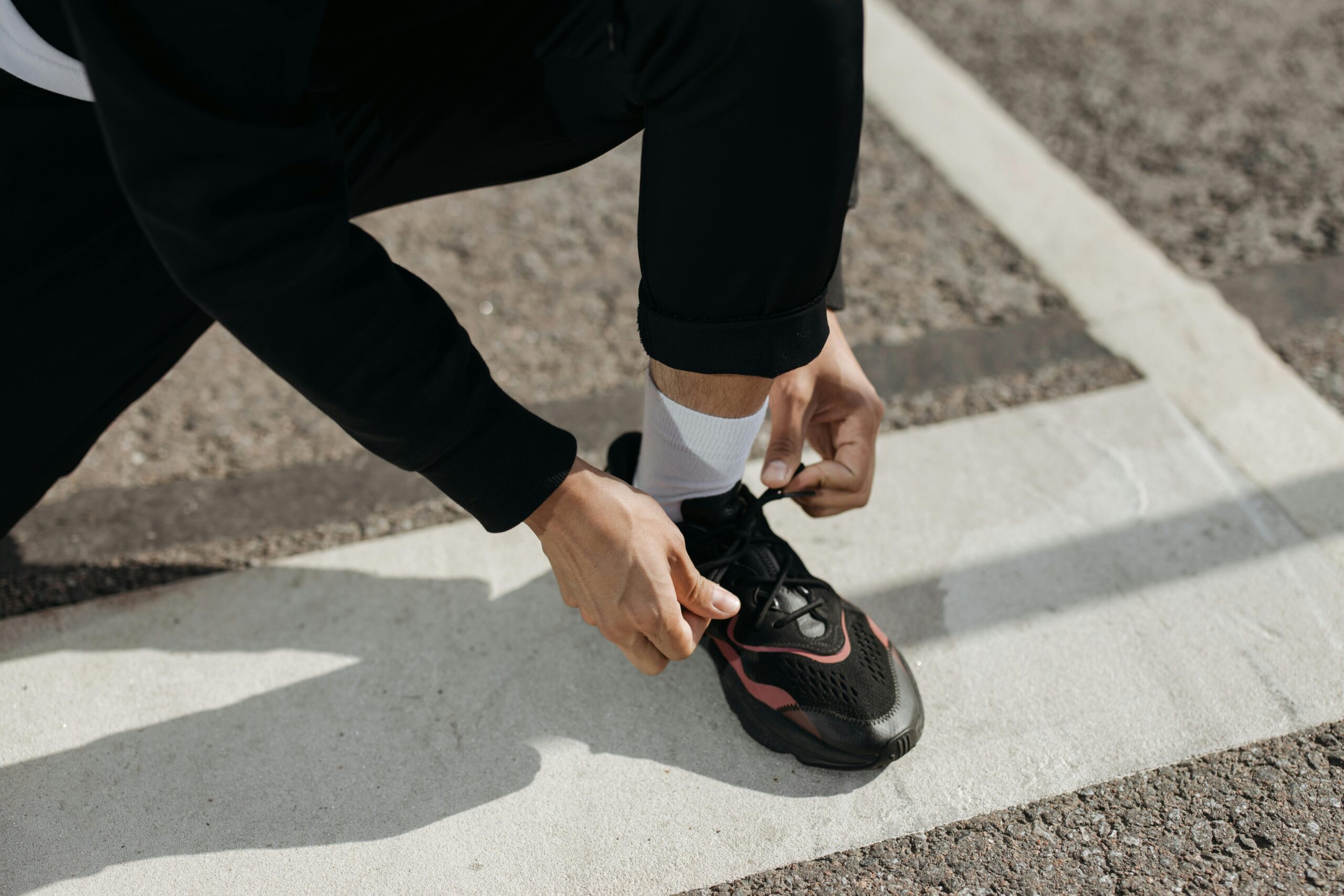Platelet-rich plasma (PRP) therapy is a regenerative injection treatment that uses your body’s own platelets to support healing in joints, tendons, and ligaments. Whether you’re receiving PRP for a knee injury, shoulder tendonitis, or chronic plantar fasciitis, your preparation can make a meaningful difference in how well your body responds to the treatment.
In this guide, we’ll walk you through practical steps to take before your PRP session and explain why preparation matters for optimal outcomes.
Why Preparation Matters Before PRP Therapy
PRP relies on the healing components in your own blood—specifically, platelets rich in growth factors. The quality of your blood, your overall health, and how you care for your body before and after the injection can all influence how well the treatment works.
While PRP therapy is a straightforward outpatient procedure, it’s not a passive process. Supporting your body with the right preparation can help:
- Improve the quality of the PRP extracted from your blood
- Enhance the healing environment in the target tissue
- Reduce inflammation and pain after the injection
- Increase the chances of a positive response to treatment
Step 1: Review Your Medications and Supplements
Certain medications can interfere with the function of platelets. Before your PRP injection, your orthopaedic provider may ask you to pause some medications under medical supervision.
Common medications to avoid before PRP (usually 5–7 days prior):
- Non-steroidal anti-inflammatory drugs (NSAIDs) such as ibuprofen, naproxen, and diclofenac
- Aspirin (unless prescribed for a serious condition—never stop without doctor’s advice)
- Certain blood thinners (adjustments only under supervision)
Supplements to potentially stop prior to PRP (check with your doctor):
- Fish oil
- Vitamin E
- Turmeric/curcumin
- Garlic supplements
These substances may affect platelet function or increase the risk of bruising. Your clinician will provide a full list during your pre-procedure consultation.
Step 2: Stay Hydrated and Eat Well
Your blood is the source of your PRP, so staying hydrated and well-nourished helps ensure the best possible sample.
- Drink plenty of water in the 24 hours leading up to your appointment
- Eat a light, healthy meal on the morning of your procedure
- Focus on whole foods rich in antioxidants, iron, and healthy fats in the days beforehand
Avoid alcohol for at least 24–48 hours prior, as it can impair platelet function and hydration status.
Step 3: Limit Intense Physical Activity
In the 24–48 hours before your PRP injection, it’s best to avoid strenuous exercise or activity that aggravates your injured area. While gentle movement and mobility are encouraged, intense workouts may increase inflammation and reduce platelet quality.
Depending on the injury location, your doctor may suggest specific movement restrictions before and after the procedure.
Step 4: Plan for Recovery
PRP is an outpatient procedure, but it’s helpful to plan ahead to give your body time to rest and heal.
- Arrange transportation if the injection site may affect your ability to drive
- Wear loose-fitting, comfortable clothing (especially if the injection is in a hip, shoulder, or knee)
- Prepare ice packs and pain relief (excluding NSAIDs) if advised
- Clear your schedule for light activity or rest for at least 24–48 hours after treatment
Your orthopaedic team may also provide specific instructions based on your condition and treatment site.
Step 5: Discuss Post-PRP Support
Recovery doesn’t end at the injection. Ask your doctor about the rehabilitation plan following PRP therapy:
- Will you begin physiotherapy a few days after the injection?
- Should you wear a brace or support device during early healing?
- When can you return to exercise or sport?
Following a structured plan that includes strengthening, mobility, and inflammation control will support the regenerative effects of PRP.




